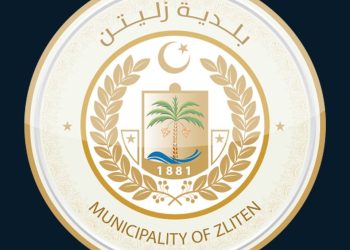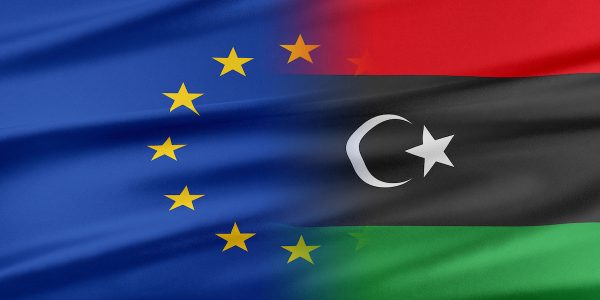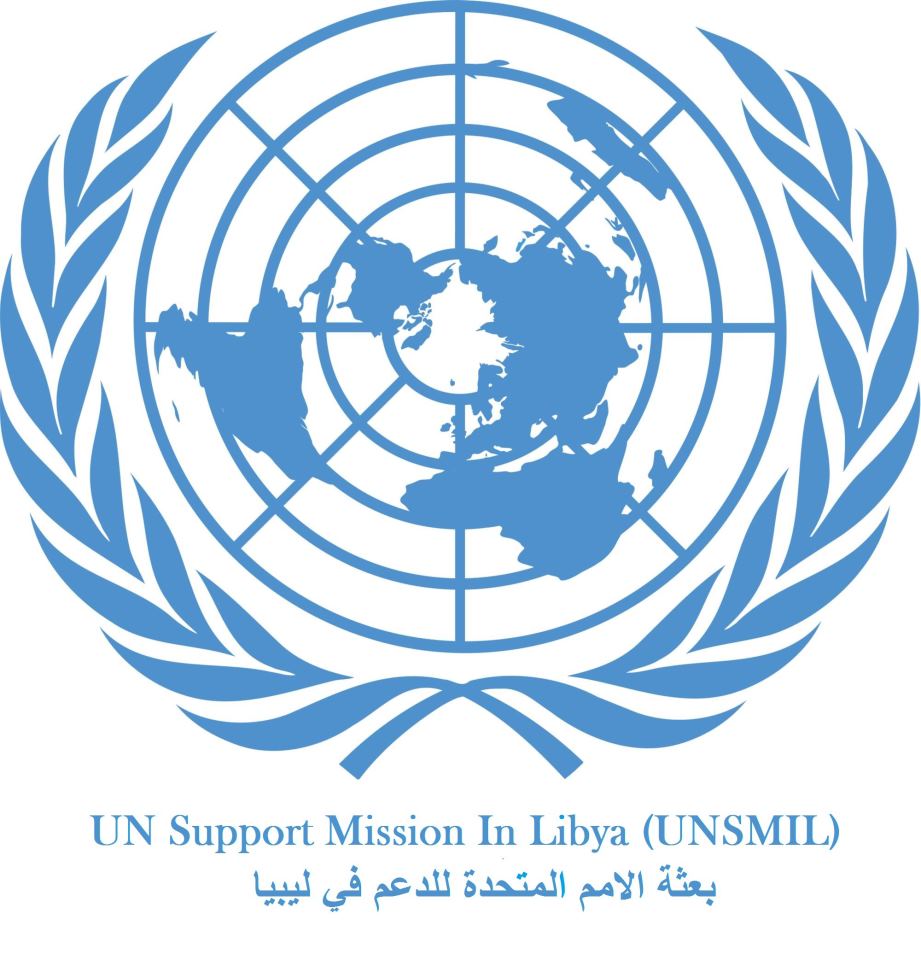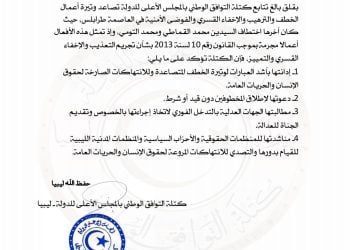By Maha Ellawati and Sami Zaptia.
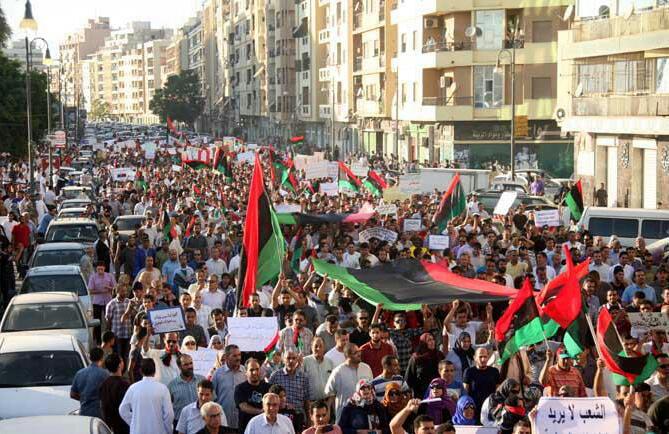
Benghazi and Tripoli, 22 September:
Thousands of Libyans demonstrated in the country’s two largest cities of Tripoli . . .[restrict]and Benghazi yesterday.
The demonstrations had been planned for days and were as a direct result of the attack on the US consulate and the death of ambassador Chris Stevens.
Whilst the Tripoli demonstration was much smaller, the Benghazi demonstration billed as the “Save Benghazi Friday” was believed to have attracted between 30,000-40,000 people.
Protesters carried banners condemning the murder of Ambassador Stevens and chanting slogans such as “No to Al-Qaeda” and “No to terrorism”.
The demonstrations reflect a mood of frustration that is sweeping the country with the seemingly ineffective interim government of the outgoing Prime Minister Abdulrahim Al-Kib.
Demonstrators were also directing their anger at the numerous paralegal militias that continue to resist the demand that they either join the official National Army or disband.
Meanwhile the Ansar Al-Sharia brigade, suspected of involvement in the consulate attacks, had organised its own rally “in honour of the Prophet”, to be held at the same time and location as the other rally.
Violence had been feared between the “Save Benghazi” rally and its far smaller rival, but confrontations were limited to strong words during the demonstrations themselves.
Libyan Air Force jets conducted a number of flybys over the city of Benghazi to provide support to the demonstrators and perhaps as warning to potential troublemakers.
“It was one of the most amazing days in Benghazi which reminded me of the days of the beginning of the Revolution”, said Najla Elmanhoush an NGO activist.
Demonstrators were also hoping to send a strong message to the new Prime Minister Mustafa Abushagur that the nation was ready for strong government and the imposition of law and order. [/restrict]


